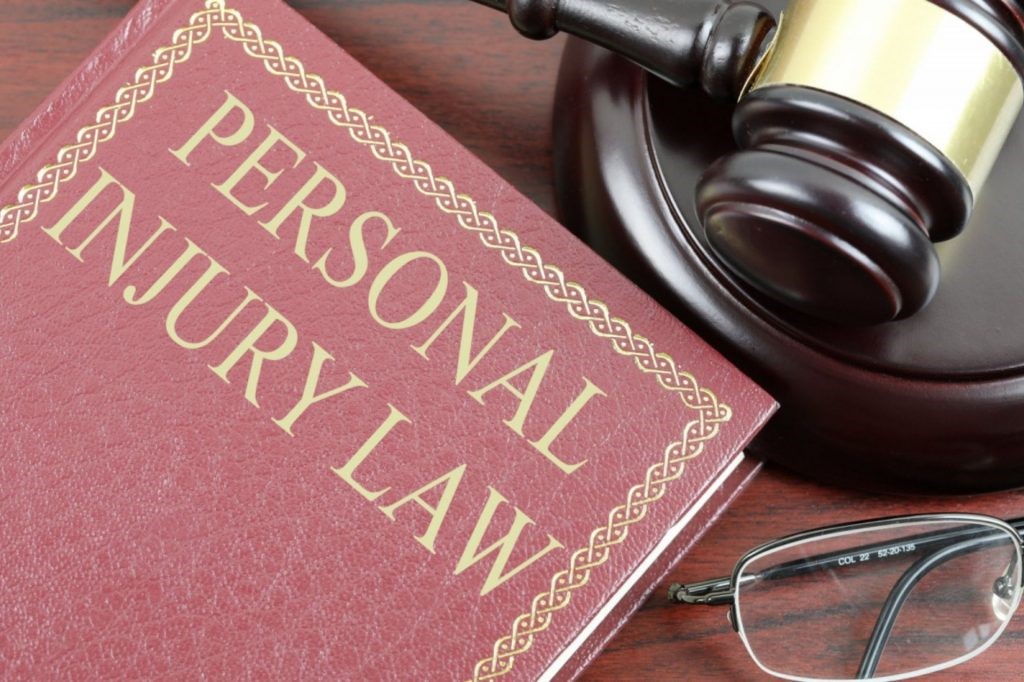How will an Attorney Prove the Elements of Personal Injury Law?
Suppose you were injured due to another person’s reckless or careless actions. You have a right to claim fair compensation for the damages that you suffered. However, to do so, you must prove that another person’s negligence caused the injury. This is where personal injury law comes in.
Personal injury law is the body of law that offers monetary compensation to the victims of social wrongs or accidents caused by the intentional actions or negligence of others. Remember, filing a personal injury claim is a lengthy and challenging process that requires evidence, negotiation with the insurance firm, and possibly going to court.
This article discusses the four elements that you should prove in a personal injury case and how a lawyer can prove them with several types of evidence.
Duty of Care
The duty of care is the first element of personal injury law. It is the legal obligation that the other person (the defendant) owes to you (the plaintiff). The lawyer can prove duty of care by stating that the defendant had a relationship with you that required a specific standard of care, such as a manufacturer-consumer relationship, a driver-pedestrian relationship, or a doctor-patient relationship.
For instance, a manufacturer has a duty to make sure that their products are defect-free and safe to use; a driver has a duty to follow traffic rules and drive safely; or a doctor has a duty to offer reasonable and competent medical care to their patients.
Breach of Duty of Care
Breach of duty of care is the second element of personal injury law. It is the failure of the defendant to live up to the duty of care. A personal injury lawyer can prove breach of duty of care by showing that the defendant failed to act or acted in a way that a reasonable person in the same circumstance would not have done, such as drunk driving, speeding, or performing an operation incorrectly.
For example, when a manufacturer sells a dangerous or faulty product, they have breached their duty of care. Likewise, when a driver texts or runs a red light, they have breached their duty of care. Similarly, when a doctor prescribes the wrong medication or misdiagnoses your health condition, they have breached their duty of care.
Causation
Causation is the third element of personal injury law. It is the link between the breach of duty of care and your injury. A personal injury lawyer can prove causation by showing that the defendant’s inactions or actions were the proximate or actual cause of your harm. Proximate causation means that your injury was a predictable result of the defendant’s breach of duty of care.
For instance, when a driver’s recklessness causes a car accident that injures you, they have caused your injury. Likewise, when the negligence of a doctor leads to the person’s disability or death, or when a manufacturer’s defect causes a product to malfunction or explode and harm you, they have caused your injury.
Damages
Damages are the last and fourth element of personal injury law. It is the harm sustained by you due to the accident. A personal injury lawyer can prove damages by proving that you suffered both economic and non-economic damages as a result of the injury.
Wrapping Up
To summarize, proving the four elements of personal injury law is important for getting justice and fair compensation for victims. A personal injury attorney can support you in proving these four elements by using several kinds of evidence, namely, medical records, witness testimony, physical evidence, and expert opinions.
A personal injury attorney can help you hold negligent parties accountable for their actions.

